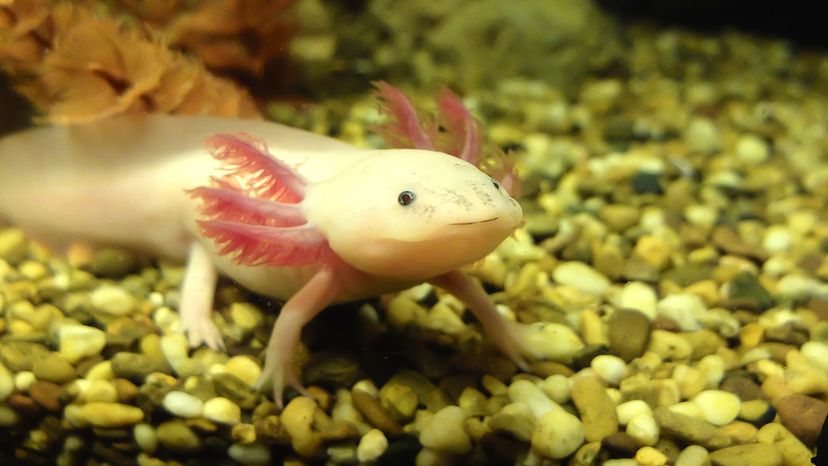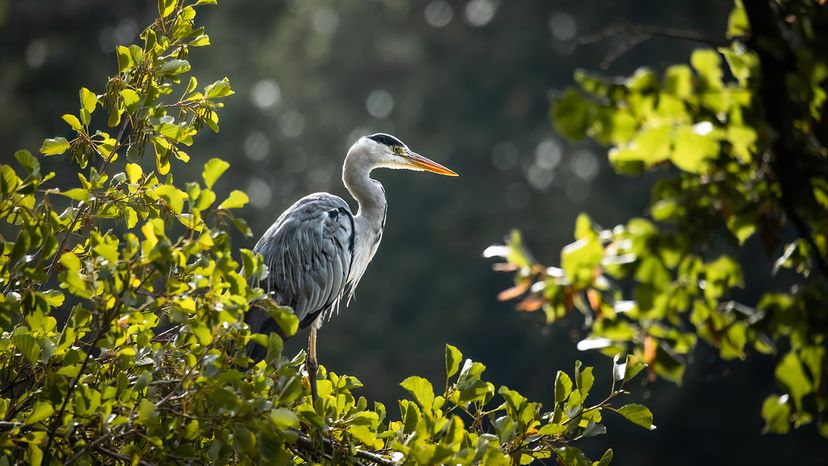
Despite their charm and regenerative powers, axolotls face many threats in the wild.
These oddly adorable creatures, known for their feathery gills and ability to remain aquatic their entire life, are native to freshwater lakes in Mexico, where they confront a range of natural predators and invasive dangers.
Advertisement
Here's a look at the top axolotl predators and threats facing Ambystoma mexicanum, the Mexican walking fish.






